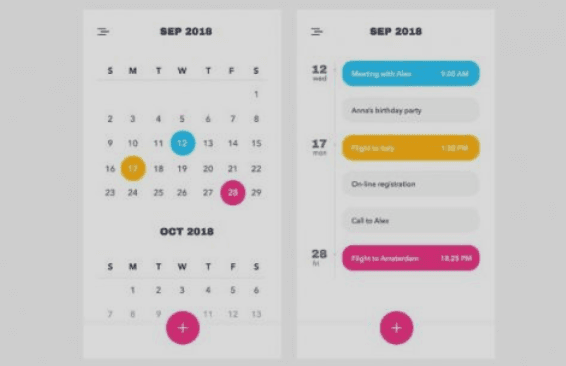Why Custom Is Better
- Minimize context switching in workflow: context switching between C++ and Pinecone is bad enough without throwing in Bison’s grammar grammar
- Every time grammar changes bison has to be run before the build.
- A custom Parser is completely doable.
13
37 reads
CURATED FROM
IDEAS CURATED BY
The idea is part of this collection:
Learn more about computerscience with this collection
Understanding machine learning models
Improving data analysis and decision-making
How Google uses logic in machine learning
Related collections
Similar ideas to Why Custom Is Better
Preserve buffers
Switching tasks and context is difficult. You cannot be efficient if you run from meeting to meeting. If you want to avoid wasting time, add buffer time between each meeting.
For every 45 - 60 minutes you spend in a meeting, take 15 minutes to process, reflect, and prioritize.
The dangers of context switching
Context switching is essentially bad for us: every time we switch between doing our work and checking our phones for example, we experience a “transaction cost” that drains our energy and slows us down.
2. Task Batching
- Task batching is when you batch similar tasks together so you can do them all at once.
- By focusing on like items together you can create a more con...
Read & Learn
20x Faster
without
deepstash
with
deepstash
with
deepstash
Personalized microlearning
—
100+ Learning Journeys
—
Access to 200,000+ ideas
—
Access to the mobile app
—
Unlimited idea saving
—
—
Unlimited history
—
—
Unlimited listening to ideas
—
—
Downloading & offline access
—
—
Supercharge your mind with one idea per day
Enter your email and spend 1 minute every day to learn something new.
I agree to receive email updates
